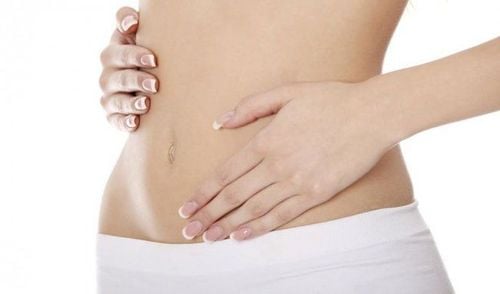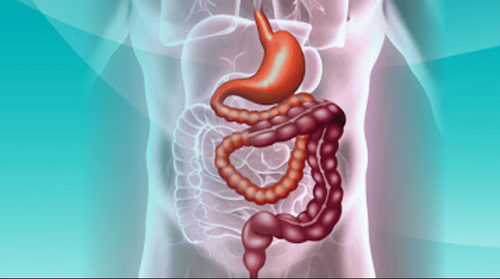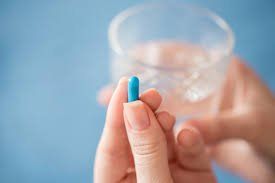This is an automatically translated article.
Protein is essential for good health. The body needs Protein to build meat on bones and make hair, blood, connective tissue, antibodies, enzymes... Athletes and bodybuilders often consume extra protein to gain muscle. The article will help you get the most suitable protein supplement strategy.1. How much protein does the body need?
Protein is made up of small amino acids, which are the building blocks of muscles, tendons, bones, enzymes, digestive juices as well as enzymes, hormones, and neurotransmitters.The amount of protein needed depends on the person's age, sex and physical activity. The current international recommended dietary allowance (RDA) for protein is 0.8g/kg body weight, regardless of age. This can vary based on physical activity and should be delivered close to 25-30g of high-quality protein at each meal.
According to the American Dietetic Association, protein needs depend on age, and individual physical activity:
If you're sedentary, aim for at least 1.2 g/kg. Remember that your body composition will improve more if you add consistent activity, especially resistance training, rather than just hitting your protein goals. If you are at a healthy weight, active and want to build muscle, aim for 1.4–2.4 g/kg. If you are an experienced lifter and weightlifter, suctioning up to 3.3 g/kg can help you minimize fat gain. If you are at a healthy, active weight and want to lose fat, aim for 1.8–2.7 g/kg. If you are overweight or obese, aim for 1.2–1.5 g/kg. This range, like all others on this list, is based on your total body weight (most studies on overweight or obese people report their results on total body weight). body composition, but you'll find several calculators that determine your optimal protein intake based on lean mass or your ideal body weight). If you are pregnant, aim for 1.66–1.77 g/kg. If you're breastfeeding, aim for at least 1.5 g/kg.
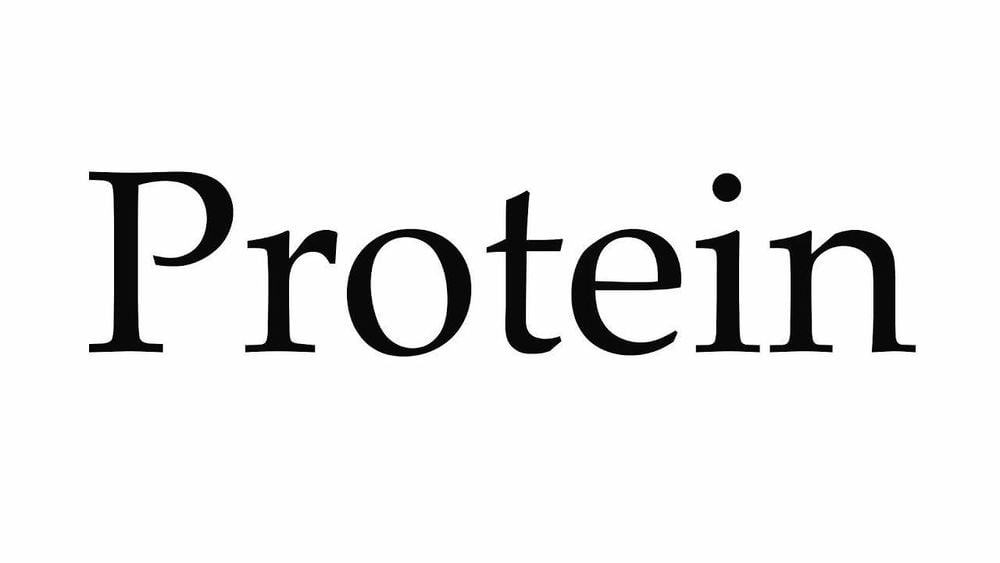
Lượng protein cần thiết phụ thuộc vào độ tuổi, giới tính và hoạt động thể chất của người đó
2. How to calculate protein intake
Protein requirements depend on a person's age and activity level.Calculate your body weight on the digital scale. To convert from pounds to kilograms, multiply pounds by 2.2 (pounds * 2.2 = weight in kilograms).
Analysis of your physical activity. If you have 10 hours of desk work and no physical activity, multiply 0.8 g by your body weight to understand how much protein is needed per kilogram of body weight to maintain muscle mass.
3. 14 easy ways to get the protein you need
3.1. Eat protein before you start a meal, you should eat protein before you eat starch. Protein increases production of a hormone Peptide YY is made in the small intestine (PYY), an intestinal hormone that helps you feel full and satisfied. In addition, high protein intake will lower levels of the “hunger hormone” ghrelin and increase your metabolic rate after eating and during sleep. Furthermore, eating protein first can help keep your blood sugar and insulin levels from rising too high after meal3.2. Cheese Snack Snacks are one of the ways to add protein to your diet, as long as you choose the right variety. Many common snack foods will be very low in protein, such as chips and crackers.
For example, a 28-gram serving of tortillas has 137 calories but only 2 grams of protein. In contrast, the same amount of cheddar cheese contains 7 grams of protein, 20 fewer calories and 4 times more calcium.
Also, cheese doesn't seem to raise cholesterol levels much, even in people with high cholesterol levels. In fact, cheese may even benefit heart health.
3.3. Replace Cereals with Eggs Many grains are low in protein. For example, oatmeal provides about 6 grams of protein in a typical 1-cup serving. Meanwhile, three large eggs provide 19 grams of high-quality protein along with important nutrients like selenium and choline. What's more, some studies have shown that eating eggs for breakfast reduces appetite and keeps you full for several hours, so you'll eat fewer calories later in the day.
Eating whole eggs can also change the size and shape of LDL ("bad") cholesterol particles in a way that may reduce the risk of metabolic cardiovascular disease.
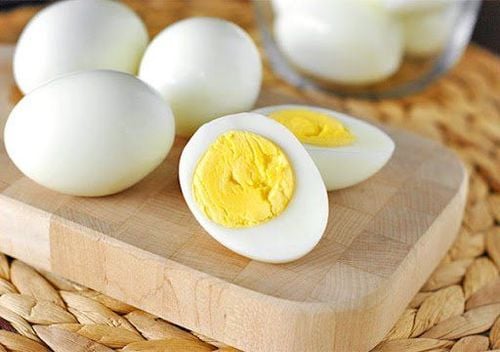
Một số nghiên cứu đã chỉ ra rằng ăn trứng vào bữa sáng làm giảm sự thèm ăn và giữ cho bạn no trong vài giờ
Almonds also contain 6 grams of protein in a 28-gram (1-oz) serving, making them a better source than most nuts.
And although one serving of almonds contains about 167 calories, studies have shown that your body actually only absorbs about 129 of those calories because some of the fat is not digested
So sprinkle some Spoon dried almonds on yogurt, cheese, salad or oatmeal to boost your energy or add flavor to meal
3.5. Choose Greek Yogurt A 240-gram serving of Greek yogurt provides 17 to 20 grams of protein twice as much as traditional yogurt. This is considered a versatile, high-protein food.
Greek yogurt is made by removing whey and other liquids to create a richer and tastier yogurt.
Research shows that Greek yogurt increases the release of the gut hormones GLP-1 and PYY, which help reduce hunger and make you feel full. In addition, it contains conjugated linoleic acid (CLA), which has been shown to have fat loss effects in some studies.
Greek yogurt tastes delicious when combined with berries or chopped fruit. It can also be used as a substitute for sour cream in dips, sauces and other recipes
3.6. Add protein-rich foods to your salad Salads with lots of vegetables provide vitamins, minerals and antioxidants that help protect you from disease. However, they contain only a few grams of protein, which can lead to a quick feeling of hunger after an hour or two.
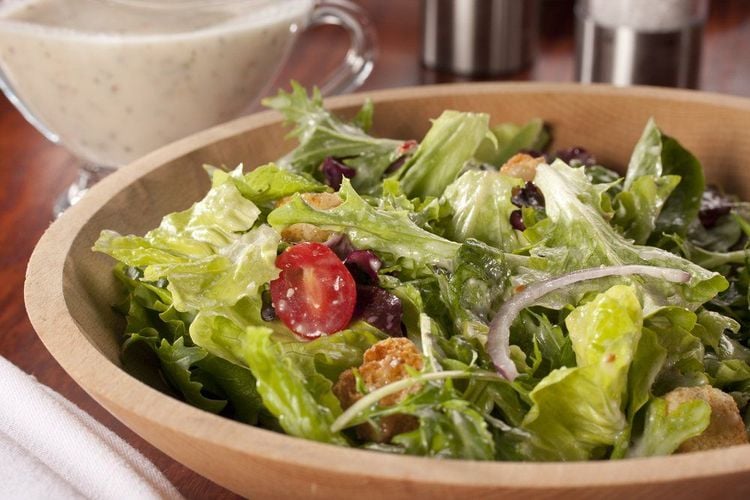
Salad với nhiều rau cung cấp vitamin, khoáng chất và chất chống oxy hóa giúp bảo vệ bạn khỏi bệnh tật
Turkey or chicken breast: 30 grams Tuna: 26 grams Salmon: 25 grams Cheese: 22 grams 3.7. Eat a protein shake for breakfast A smoothie can be a great breakfast, depending on the ingredients. Many smoothies are high in fruit, veg or juice, but low in protein
Protein powder makes it easy to create protein-rich shakes. There are several types on the market such as whey powder, egg and pea protein. Among them, whey protein powder has been studied the most and seems to have an advantage over others for making you feel full.
An average scoop (28 grams) of whey powder provides about 20 grams of protein.
For even more protein, use extra protein powder or add peanut butter, almond butter, flaxseed or chia seeds.
1 whey protein shake includes:
225g unsweetened almond milk 1 scoop whey powder 1 cup fresh berries 1/2 cup ice Combine all in a blender and process until smooth
3.8. Eat protein-rich foods at every meal When it comes to protein, it's not just the total amount you take in each day that matters. Getting enough at every meal is also important.
Some researchers recommend consuming a minimum of 20–30 grams of protein with each meal.
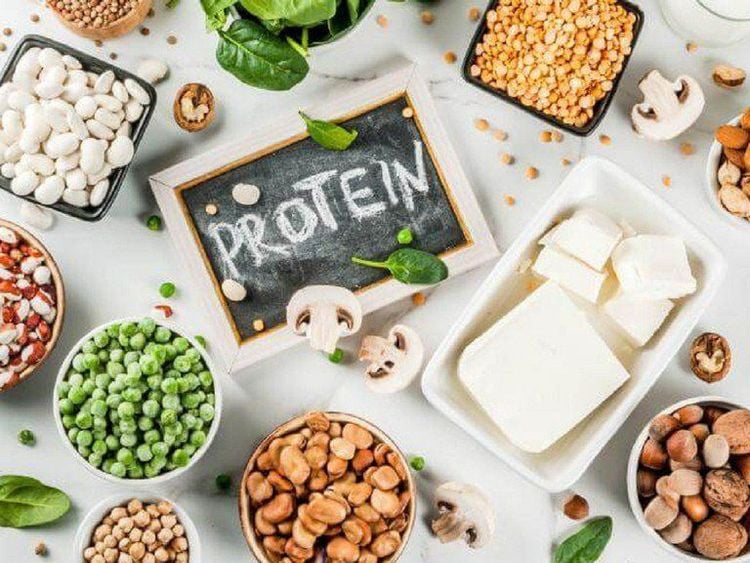
Nhận đủ lượng protein trong mỗi bữa ăn cũng rất quan trọng
Protein rich foods such as: chicken breast, chicken breast, tuna, shrimp, beef lean, lean pork, egg, milk....
3.9. Choose leaner cuts of meat Choosing leaner cuts of meat and increasing portions a little can dramatically increase the protein content of your meal. What's more, your meal may even contain fewer calories.
3.10. Add peanut butter to the fruit. Fruits are rich in antioxidants, nutrients, and fiber. However, it is very low in protein.
Peanut butter is a delicious, protein-rich food with a creamy texture that complements firm fruits like apples and pears.
In fact, spreading 2 tablespoons of peanut butter over sliced fruit increases the total protein by 8 grams.
Furthermore, studies show that peanut butter can reduce appetite, lower blood sugar, and promote heart health
3.11. Eat lean beef Eating lean meat is one of the most convenient options for adding more protein to your diet. It is important that you choose wisely what is healthy.
Various types of dry goods contain sugar, preservatives and various questionable ingredients. They are also often made from lower quality meat.
Some dry foods and "fast foods" come from grass-fed beef, bison, and other free-range animals. Choosing dried meat from grass-fed animals will provide better quality meat with higher amounts of healthy omega-3 fats. They can be stored for several months without refrigeration and are especially ideal for taking away.
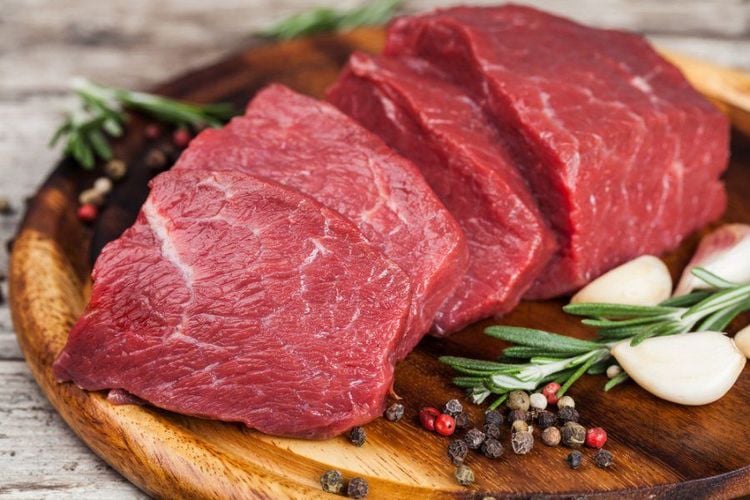
Ăn thịt nạc là một lựa chọn thuận tiện nhất để tăng thêm protein vào chế độ ăn uống của bạn
A 2015 study found that cottage cheese can be as filling and has the same nutritional value as eggs.
Furthermore, adequate fats are a good source of CLA, which can promote fat loss and lead to improved body composition.
One study followed women who ate a high-protein, dairy-rich diet while exercising and reduced their calorie intake. They lost more belly fat and gained more muscle than women with moderate protein and dairy intake.
Cottage cheese is delicious. You can try eating chopped nuts or seeds, cinnamon, and stevia for breakfast for a change of taste.
3.13. Eat steamed soybeans It sounds like it, but it's actually a "bean" dish that we still eat every day.
One cup of steamed soybeans has 17 grams of protein and about 180 calories (40).
They contain many antioxidants called kaempferol. Studies in rats have shown it has the ability to lower blood sugar and aid weight loss
3.14. Eating canned fish Canned fish is a great way to increase protein intake.
It does not require refrigeration, so it is very convenient for you to take it with you when you travel. Canned fish can be enjoyed as a snack or with a meal.
Fatty fish like salmon, sardines, herring and mackerel are also great sources of omega-3 fatty acids, which can fight inflammation and improve heart health.
A 100-gram serving of canned fish contains 20–25 grams of protein and 150–200 calories.
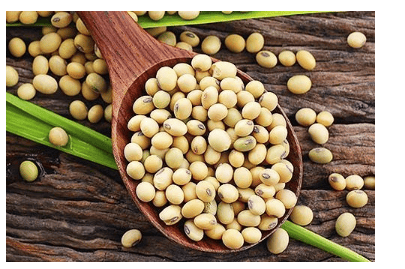
Trong đậu nành hấp có chứa nhiều chất chống oxy hóa được gọi là kaempferol
4. Is Too Much Protein Harmful?
Excess protein can be toxic to the body. Ammonia is a by-product of protein metabolism. Protein intake in excess of the RDA produces more ammonia, which is converted to urea. Excess production of urea puts a burden on the kidneys, adversely affecting people with kidney dysfunction.In fact, higher protein intake can lower blood pressure and help fight diabetes, two of the main risk factors for kidney disease. Any presumed adverse effect of protein on renal function is always outweighed by its positive effect on these risk factors.
Overall, there is no evidence that a reasonably high protein intake has any adverse effects in healthy people trying to optimize their health.
Please dial HOTLINE for more information or register for an appointment HERE. Download MyVinmec app to make appointments faster and to manage your bookings easily.
Reference source: healthline.com; stylecraze.com; scorpionsupplements.co.nz; aworkoutroutine.com



